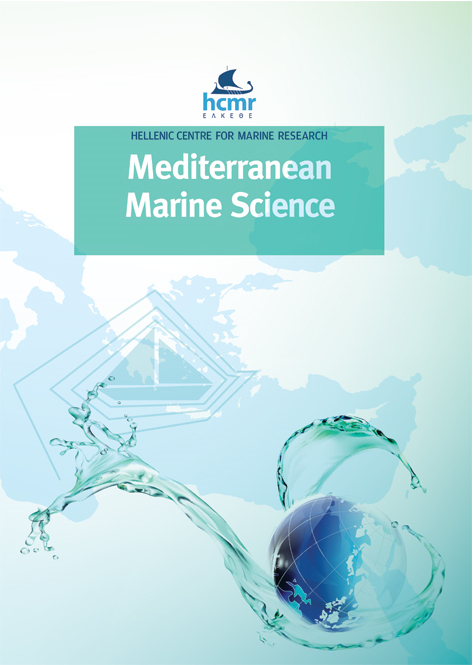Trophic assessment and isotopic niches of two congeneric pipefishes in a wetland of the Aegean Sea
Abstract
Pipefishes (family: Syngnathidae) are representative fishes in many European coastal areas associated with vegetal assemblages and other shallow habitats. The polyandrous pipefishes Syngnathus abaster and Syngnathus acus co-occur in Metruk Tuzla (Bargilya Tuzla coastal Wetland - BTW, Aegean Sea, Türkiye ‒a protected but threatened wetland due to anthropogenic disturbances. Both species were sampled to assess the growth and temporal changes on their trophic features using stable isotope (δ13C and δ15N) and gut content analyses. Both species exhibited positive allometric growth with similar length–weight relationships. The isotopic approach revealed that both species occupied similar trophic niches, as evidenced by comparable δ13C and δ15N values (-17.0‰ ± 1.2‰ and 13.2‰ ± 0.6‰, respectively in S. abaster; -17.3‰ ± 1.2‰ and 13.3‰ ± 0.7‰ respectively in S. acus). The niche area for all sex types (undifferentiated specimens, males and females) in S. acus was slightly broader than that in S. abaster. Simulation analysis of the trophic position in both species agreed with the isotopic assessment (trophic position = 3.67 ± 0.61 in S. abaster and 3.46 ± 0.66 in S. acus). Although the trophic positions were consistent with the isotopic assessment, gut content analysis disclosed a notable contribution of copepods, especially Calanipeda aquaedulcis, to the dietary regime in both species. Notably, the diet in S. abaster was nearly monospecific, whereas cladocerans were crucial in S. acus. This study suggests the plausible occurrence of interspecific competition regarding dietary resources. However, we hypothesise that such competition could be mitigated by the occupation of discrete microhabitats in both species. To validate this hypothesis, rigorous investigation and empirical analysis are necessary.
Article Details
- Come citare
-
GURKAN, S., ARAGONESES, P., INNAL, D., MENDOZA-SEGURA, C., & PLANAS, M. (2025). Trophic assessment and isotopic niches of two congeneric pipefishes in a wetland of the Aegean Sea. Mediterranean Marine Science, 26(1), 55–70. https://doi.org/10.12681/mms.36582
- Sezione
- Research Article
Authors who publish with this journal agree to the following terms:
- Authors retain copyright and grant the journal right of first publication with the work simultaneously licensed under a Creative Commons Attribution Non-Commercial License that allows others to share the work with an acknowledgement of the work's authorship and initial publication in this journal.
- Authors are able to enter into separate, additional contractual arrangements for the non-exclusive distribution of the journal's published version of the work (e.g. post it to an institutional repository or publish it in a book), with an acknowledgement of its initial publication in this journal.
- Authors are permitted and encouraged to post their work online (preferably in institutional repositories or on their website) prior to and during the submission process, as it can lead to productive exchanges, as well as earlier and greater citation of published work (See The Effect of Open Access).





